I'm doing a work about database, and now I need to show three different images, one image with the conceptual model, other with logical model and other with physical model of a database.
But Im here with some difficults to understand which image represents each model.
I'm looking for reliable information about this, but I find different answers and I'm a bit confused.
So I came here to see if you can help me.
I have below my three images, do you think I have the correct title for each image?
Conceptual model:
In conceptual model, I think that I neeed to put my tables with atributes but without relationships.

Logical Model:
In logical model, I think I need to put my tables with atributes, but now with my relationships.

Physical Model:
In physical model, I think I need to put my tables with atributes, but now with my relationships and also with foreign keys
